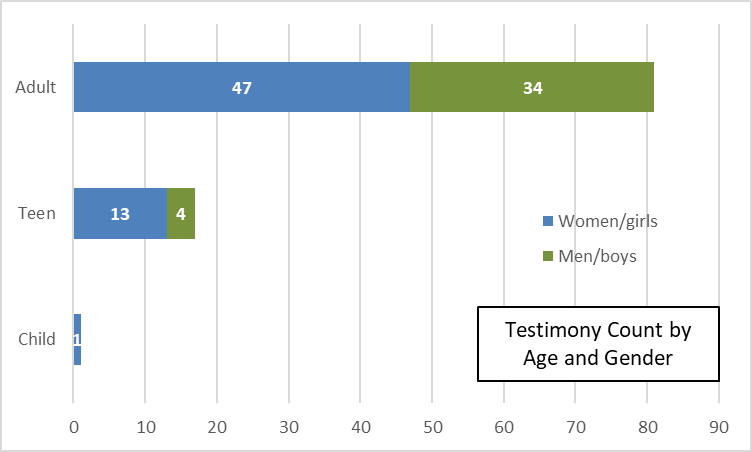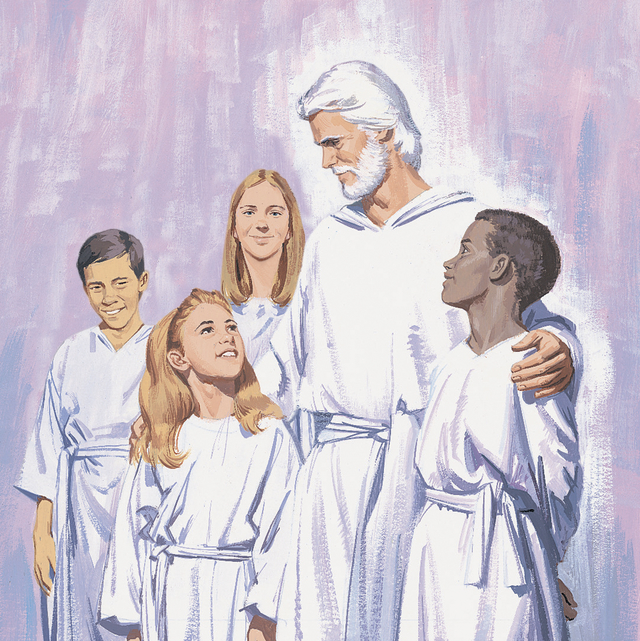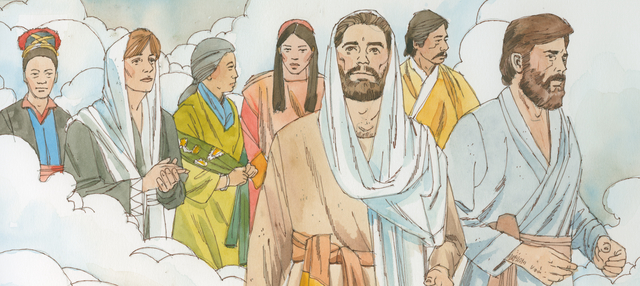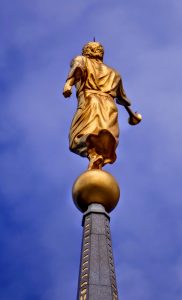How often do General Authorities call their relatives to also be General Authorities? A friend asked me this question, and I thought it might be an interesting one to look at. Off the top of my head, I thought the answer would be that this happens a lot. For example, I remember President Hinckley protesting that he had nothing to do with the calling of his son as a Seventy, and I know about historical examples like Joseph and Hyrum Smith, Parley and Orson Pratt, and Bruce R. McConkie being Joseph Fielding Smith’s son-in-law.
To make the question more manageable, I decided to look only at members of the Quorum of the Twelve rather than all GAs. This includes nearly all First Presidency members too because I looked at data at the person level (meaning that each Q12 member was counted only once, versus for example looking at the composition of the Q12 each year or something like that) and nearly all FP members were also Q12 members at one point.
The first analysis I did was kind of a quick-and-dirty approach that I think is nevertheless kind of fun. I listed the last names of all Q12 members, and then checked whether each, at the time of his call, brought a new last name to the Quorum. For example, two Johnson and two Pratts were called in the original Q12, so among the four of them, they brought only two unique last names. In this analysis, I counted Smith as being a duplicate the first time it was used, given that Joseph Smith was the head of the Church, even though he wasn’t a member of the Q12.
The graph below shows, across time, the cumulative count of number of Q12 members called (blue line), and the cumulative count of unique last names for those Q12 members (red line). If every single Q12 member had a unique last name, the two lines would be on top of each other. They separate to the degree that new Q12 members have last names that duplicate last names of previous Q12 members. Note that on the horizontal axis, I separated 1835 out as its own bin, because that’s the year the original Q12 were called. After that, I grouped years into 15-year bins, which I know is a little odd, but the calling of new Q12 members is such an infrequent event that when I used 10-year bins, there were several decades with few to no new calls.
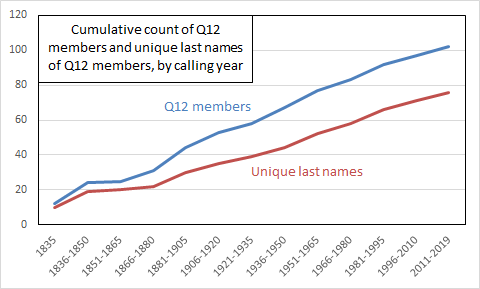
Read More





 only if it is preceded by a disclaimer that their use does not imply any endorsement of the Church or its priesthood by the Hostess Corporation.
only if it is preceded by a disclaimer that their use does not imply any endorsement of the Church or its priesthood by the Hostess Corporation.

